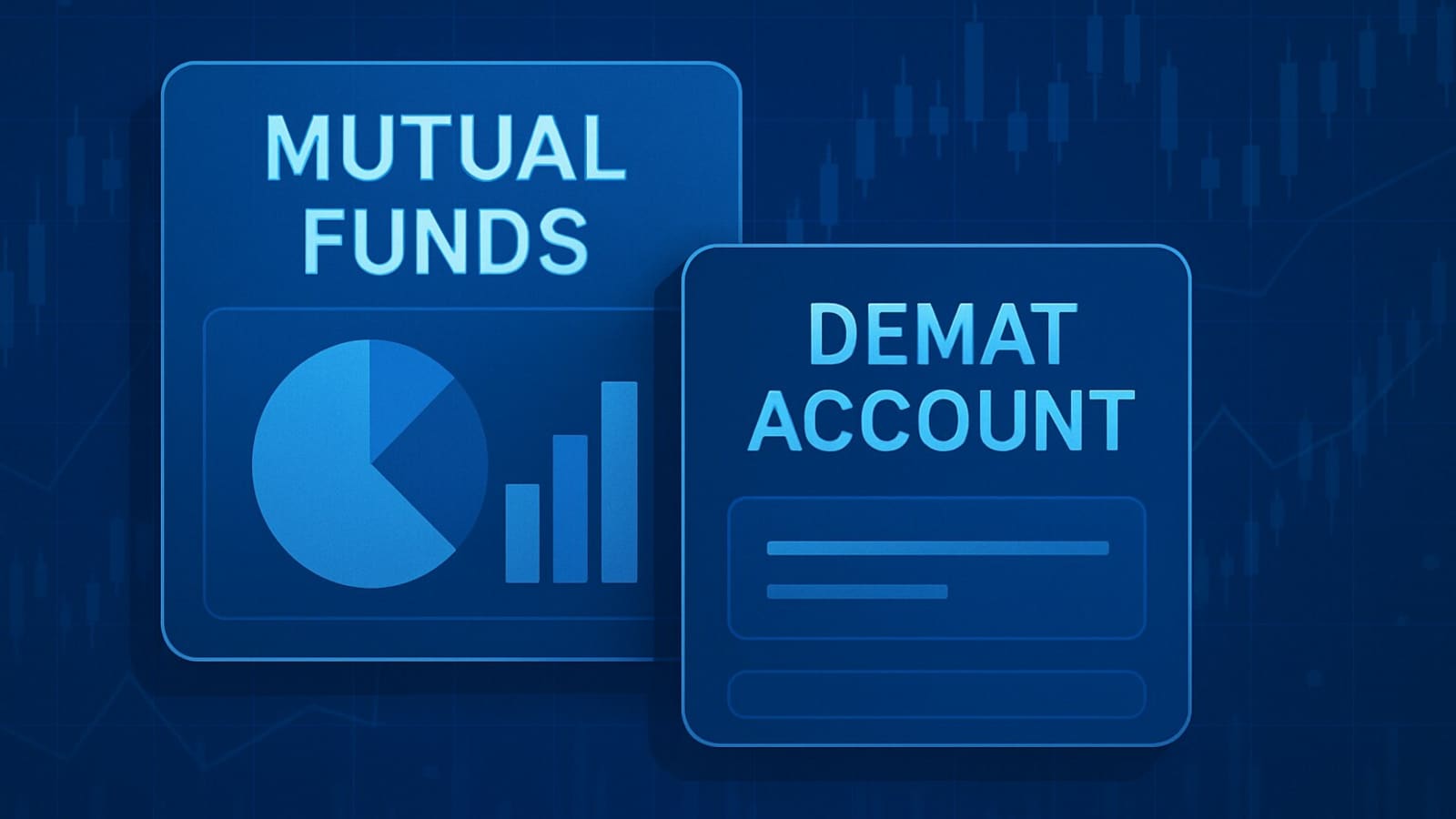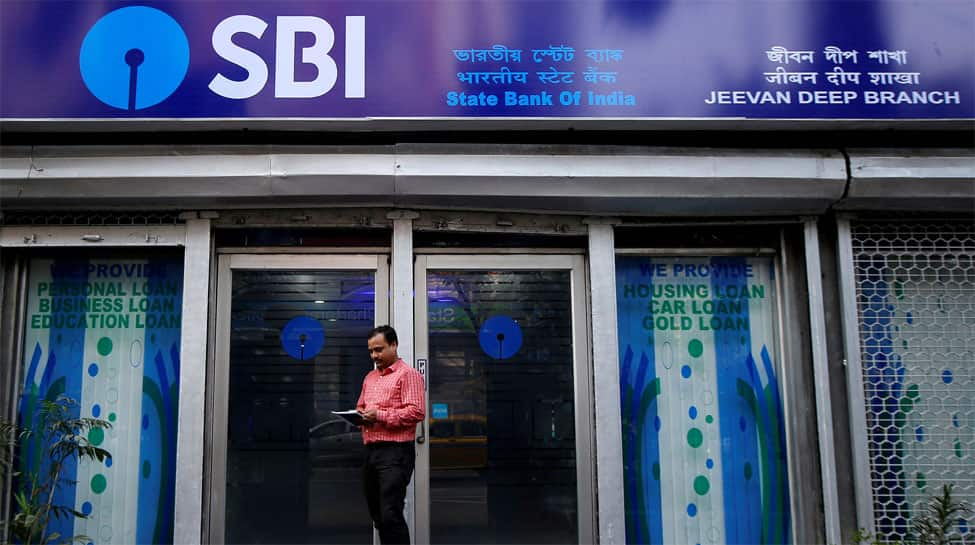What investors gain—and what they could lose

Starting 5 June, all new mutual fund purchases on India’s largest investment platform are being processed in demat form by default, instead of the Statement of Account (SoA) format most investors are used to. Existing investments remain unchanged, but going forward, users will need to fill out an opt-out form if they want to continue in SoA mode.
While Groww did notify users of the change via email, many seem to have missed it—learning about it only when their new SIPs began showing up in demat.
“You should have a basic pop-up option for investor permission before taking demat mode…Now, most will have 2 folios for each fund,” one user wrote on X.
The change has triggered a wave of user complaints—not necessarily because demat is worse, but because of the lack of upfront consent, and the added hassle of managing mutual funds across two formats. Some investors now find themselves holding the same scheme in two different modes, complicating portfolio tracking and transactions.
Yet, demat holdings also bring their own conveniences. Here’s a breakdown of what’s changing, how it affects investors, and what to weigh before choosing between demat and SoA.
What’s changing—and why it matters
Until now, mutual funds bought via Groww were held in SoA form by default. In this format, units are stored with the registrar and transfer agents (RTAs) appointed by fund houses, and investors can access them through multiple portals like MF Central, MF Utilities (MFU), or directly with asset management companies (AMCs).
Under the new policy, all new MF investments—both one-time and SIPs—will be stored in demat format, with units held in the investor’s demat account through a depository participant (DP) such as CDSL, and NSDL. Unless users opt out, demat is now the default.
This matters because how you hold your MF units affects how you access, transfer, redeem, and even exit a platform. Demat holdings typically tie you to one broker, while SoA units can be viewed and transacted across multiple portals.
Groww did not respond to Mint’s queries on the rationale for the switch. Some experts speculate that since platforms earn little from direct MF plans, shifting users to demat could eventually allow them to cross-sell more lucrative offerings such as F&O or margin trading
“This shift to demat mode by the IPO-bound platform creates a stronger platform dependency for users which helps in attracting anchor and retail investors in the IPO,” said Abhishek Kumar, a Sebi-registered investment advisor and founder of SahajMoney.
“As unlike the SoA mode, which allows easy transfer between platforms, demat mutual funds are tied to specific depository participants, making it more difficult for users to switch to competing platforms. This strategy increases customer retention through increasing their stickiness and reduces churn rates, particularly important in India’s competitive fintech market,” Kumar said.
The trade-offs of demat
Holding mutual funds in demat form brings a few conveniences that appeal to many investors.
For one, it simplifies record-keeping: updates to contact information, nomination, or bank details need to be made only once at the demat level, and they apply across all holdings. It also offers a unified view—stocks, ETFs, and mutual funds can be tracked within a single interface, making portfolio monitoring more seamless.
In the event of the investor’s death, transferring units to legal heirs tends to be smoother in demat, given the centralised ownership record. And for those looking to pledge assets for loans or margin trading, demat units can be more easily collateralised.
However, these advantages come with important caveats. Perhaps the most significant is that demat units typically bind the investor to the broker through which the purchase was made. So, if you want to redeem or switch your mutual fund holdings, you usually have to do so through the same platform—a level of lock-in that doesn’t exist in the SoA format, where units can be transacted across multiple portals.
Redemptions in demat mode also happen in units rather than rupee amounts, which can leave behind small residual balances—especially for SIP-based investors. Systematic Transfer Plans (STP) and Systematic Withdrawal Plans (SWP), commonly used for managing cash flows, are harder to implement in demat mode.
Groww has enabled STPs via its own backend systems, but SWPs are not yet functional on its demat offering.
Off-platform access to demat holdings is another pain point. Unlike SoA units, which can be accessed through MFU or MF Central regardless of where they were purchased, demat investors must typically log in to CDSL or NSDL portals—systems that can be clunky and, in some cases, require submission of physical forms for actions like redemptions or transfers.
Finally, while Groww does not currently charge transaction fees or annual maintenance charges on demat accounts, other brokers do. And that could change in the future.
What experts say
“It’s crucial to platform-proof your investments in case you lose access to an account or are dissatisfied with a service,” said Ravi Saraogi, a registered investment advisor and founder of Samasthiti Advisors. “With SoA holdings, you can manage your mutual funds across platforms like MFU, MF Central, or directly with AMCs. In demat, you’re largely tied to one platform.”
Kumar of Sahaj Money, added: “Most of these platforms don’t earn money on direct MF plans. But once you’re in demat, they can push you toward margin trading, F&O, international stocks, and other products where they do earn revenue.”
Groww’s own blog post highlights that demat mode allows users to access margin funding by pledging mutual fund units. But that comes with risks: a study by the Securities and Exchange Board of India (Sebi) found that over 93% of F&O traders end up losing money.
What are other platforms doing?
Brokerages like Zerodha and Upstox have long operated with demat as the default mode for mutual funds. Meanwhile, platforms like MFU, Kuvera, and Paytm Money continue to operate primarily in SoA mode.
In 2022, Paytm Money shifted to demat after changing its regulatory license from RIA to broker.
As of now, Groww’s move appears to be platform-specific. Sebi has not issued any public guidance on whether nudging users toward demat is acceptable. The Association of Mutual Funds of India (Amfi), the mutual fund industry body, has not commented either.
What should you do?
Ultimately, both formats have their place. If you prefer flexibility, cross-platform access, and a direct relationship with fund houses, SoA is likely the better choice.
If you value a consolidated experience and don’t mind staying within one ecosystem, demat may suit you—as long as you know what you’re giving up.
Either way, investors need to be clearly informed of the trade-offs before such defaults are applied.







